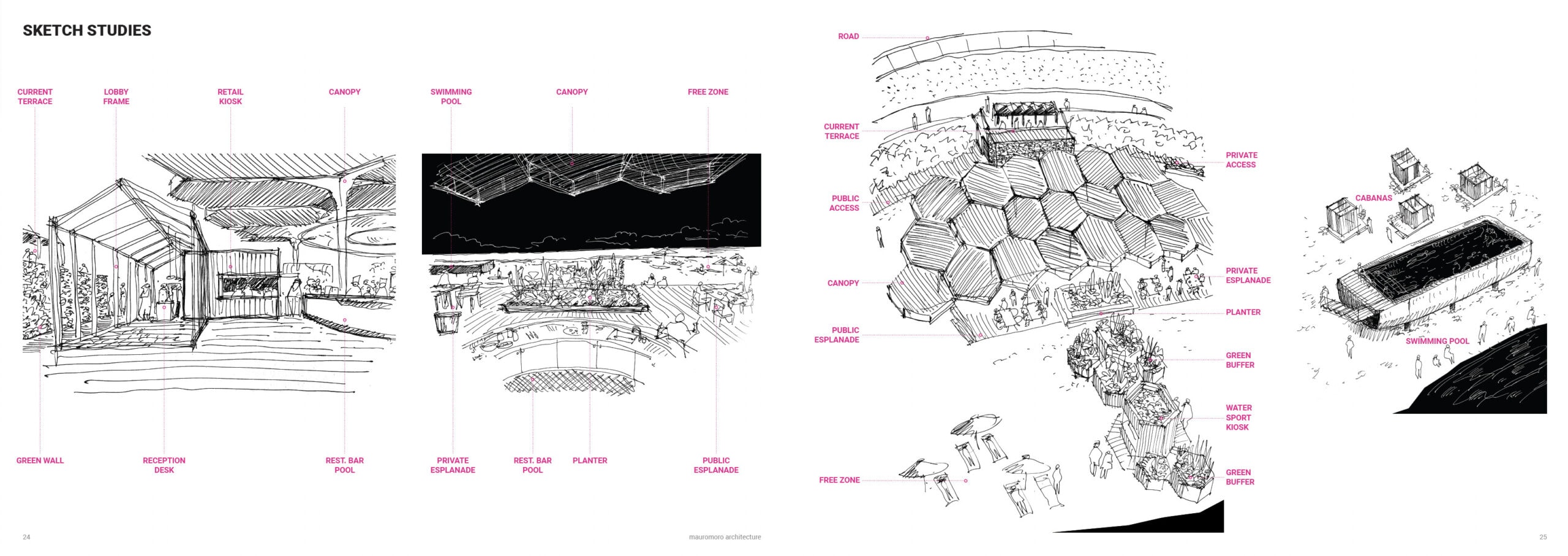What is concept design in architecture?
Concept design is a foundational phase in the architectural process that transforms initial ideas into a structured vision. It is often one of the most requested services requested by my clients. Many seek guidance only to discover that they require a well-defined concept design. At its core, concept design serves as both a guiding framework and a problem-solving tool. Clients typically fall into two categories: those with a clear vision of what they want, using concept design to affirm their ideas, and those who may feel uncertain about their direction. For these clients, the design concept is a crucial guide in uncovering the most effective solutions to their challenges. Concept design goes beyond mere aesthetics or functional layouts; it embodies the client’s vision and goals. Whether it’s designing a cozy home or planning a large-scale project, the design concept is the seed from which the final big tree grows. The Role of Concept Design- Clarification of Vision: Clients often have unclear, undersized, or insufficiently ambitious visions. Our first task is to establish a clear vision for the client by listening, understanding, and studying their needs, capacity, and, most importantly, their specific context.
- Concept design as a key tool. We, the designers, can distil client ideas and aspirations into a coherent architectural concept. Our job is to translate the client’s vision into a tangible architecture. Today, AI poses a real threat to us and may replace humans in the near future. However, only extensive experience in the field can provide a solid concept that transcends mere aesthetics. A truly effective design concept must consider the various disciplines and implications involved in an architectural project.
- Functional Nature. Even the most abstract and idealistic concept, no matter how appealing, must always work.
- Problem Solving. Every architectural challenge presents a problem that needs to be solved. A well-structured conceptual design tackles these challenges by providing innovative solutions that align with the client’s objectives. The real question, however, is not just who can solve the problem but who will find the most ingenious solution.
- Emotional Connection: Never underestimate the emotions involved in a project: the ambition, the prestige, the vision, and the dreams. We are explorers and storytellers, not pharmacists. Allow space during the design concept process for your instincts.
- Architecture is more than just bricks and mortar: it is about creating spaces that evoke feelings and resonate with their inhabitants. A strong concept design taps into a project’s emotional aspects, ensuring that the final design aligns with the client’s lifestyle and values.
- Foundation for Future Development: A solid concept design acts as a roadmap for subsequent phases of the project. It streamlines communication between the architect, clients, and other stakeholders, setting clear expectations and guiding design decisions.

